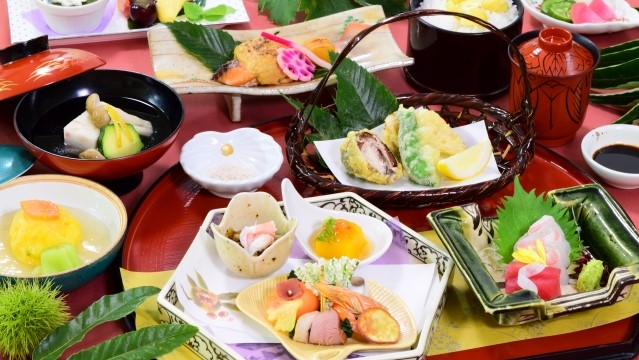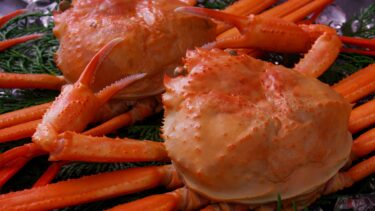Kaiseki cuisine is a course-style Japanese cuisine, and a traditional Japanese menu is offered one by one. This is the best choice for those who want to enjoy typical Japanese cuisine. Rice and soup come out last because the purpose is to enjoy sake. Kaiseki cuisine is mainly for entertaining customers, so it is often ordered from two or more people. In addition, private rooms are generally prepared for each group. In most cases, reservations must be made the day before.
What is Kaiseki cuisine and is it okay for me to eat it?
Materials
Ingredients vary by dishes. Kaiseki dishes generally use less wheat, pork, and dairy ingredients.
| Low-gluten | Low FODMAPs | |||
| with Beef | with Pork | with Daily | with Egg |
| Restaurant |
There is a rule in the Kaiseki menu
The types and order of dishes served in Kaiseki cuisine are generally fixed.
- Sakizuke: Appetizer. The chef has devised a variety of cold dishes that go well with any liquor. The ingredients are fish, meat, vegetables, etc., and there are no particular rules.
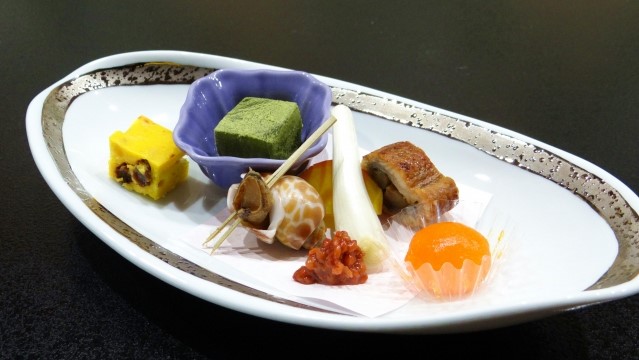
- Wanmono: Warm simmered fish, meat and vegetables are served in a bowl with a lid. Soy sauce is often used.

- Mukouzuke: Fish sashimi. It is eaten with soy sauce and wasabi, but it may also be eaten with salt.
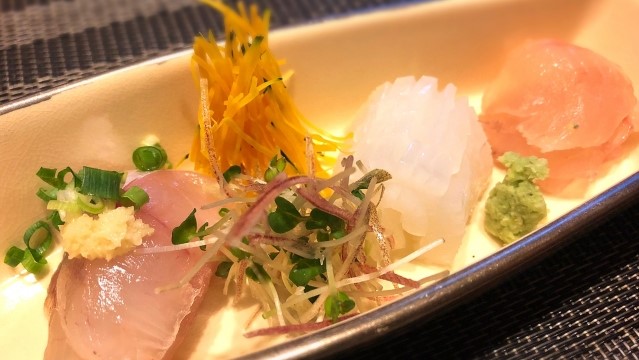
- Hachi-zakana: Grilled fish. It has already been seasoned.
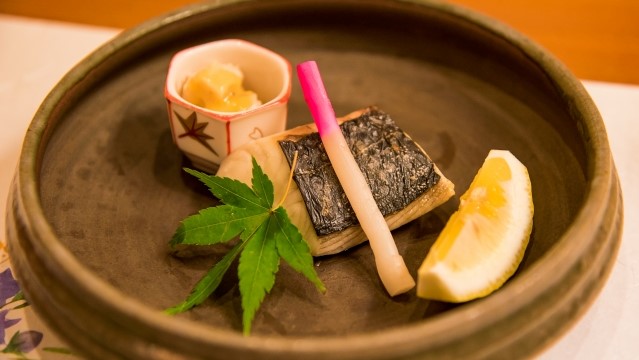
- Shii-zakana: Chef’s recommended dish, which varies from restaurant to restaurant. It seems that cooked dishes, Japanese beef steak, and tempura made with seasonal ingredients are often served.

- Tome-zakana: Light and cold dishes such as vinegared dishes and spicy dishes are served.
- Shokuji: Rice, miso soup and pickles are finally served here. Shokuji means dining.
- Mizugashi: Seasonal fruits are often served, but desserts such as ice cream and Japanese sweets are sometimes served.
Also, although it is not on the menu, green tea is finally served here. You may be able to order coffee for an additional fee.
What ingredients are used in each dish depends on the restaurant and the season. In many cases, seasonal ingredients that can only be harvested at certain times are used. Therefore, even in the same restaurant, the menu is usually completely different when you go to different seasons.
Try to eat Kaiseki cuisine
How much?
$40~200
Where can I eat them?
- Japanese restaurant
Some Japanese restaurants have Kaiseki menu. Generally, you need to make a reservation by the day before.
- Japanese inn
Some Japanese-style inns in tourist areas offer Kaiseki cuisine. When you make a reservation for accommodation, make a reservation at the same time.
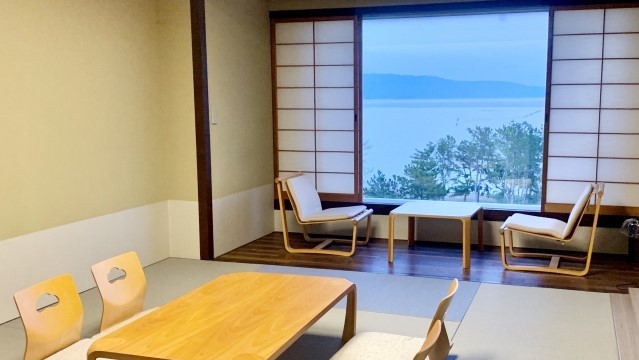
For people with dietary restrictions
For gluten-free people
In Kaiseki cuisine, there are few dishes that use wheat flour as the main ingredient. Unless you have to remove gluten strictly, you can eat it without any problems.
However, please pay attention to the following points and decide for yourself whether to eat.
1) Soy sauce
Soy sauce is often used for seasoning in Japanese food. Wheat is used as a raw material for soy sauce, but since the protein contained in wheat is decomposed during the brewing process, no protein remains in soy sauce.
2) Fried food
Wheat flour is used for batter of fried foods such as tempura.
3) Fu
The fu used in simmered dishes, soups, and chawanmushi is gluten. Please be careful not to eat.
For Muslims
Pork is relatively rarely used in Kaiseki cuisine. Also, it is rare to take soup stock with pork. However, there are very few Kaiseki meals that are halal certified, so please check with the restaurant if you are interested.
Japanese writer’s comment for Kaiseki cuisine
Kaiseki cuisine is a dish that you eat while enjoying alcohol. So what kind of alcohol is right for you? It’s sake. There are many types of sake, so it’s difficult to choose, but it’s best to ask the staff of the restaurant for the recommended brand. It will tell you the best sake for dishes.
If you don’t like sake, I think whiskey is good. Highball is recommended.Beer makes you get full and you can’t eat food. I also do not recommend wine as it may not be suitable for some dishes.
People who are not good at drinking often order oolong tea.


